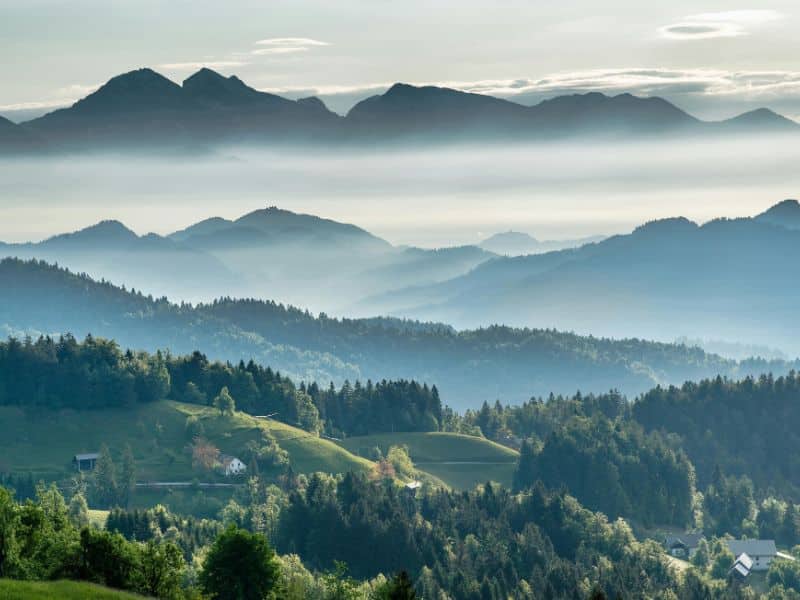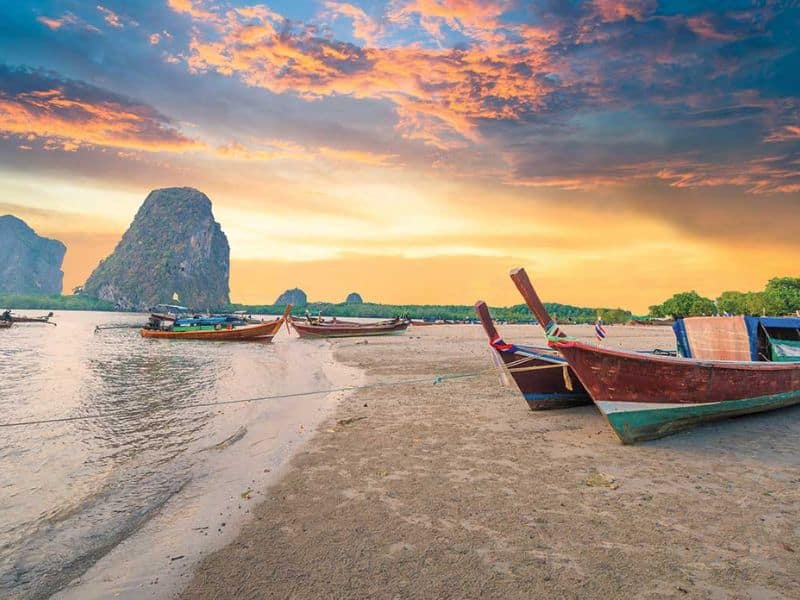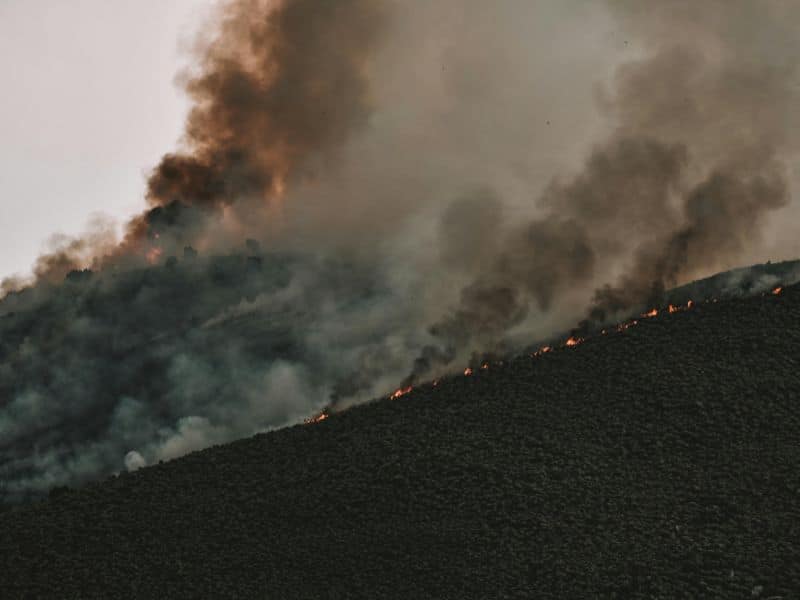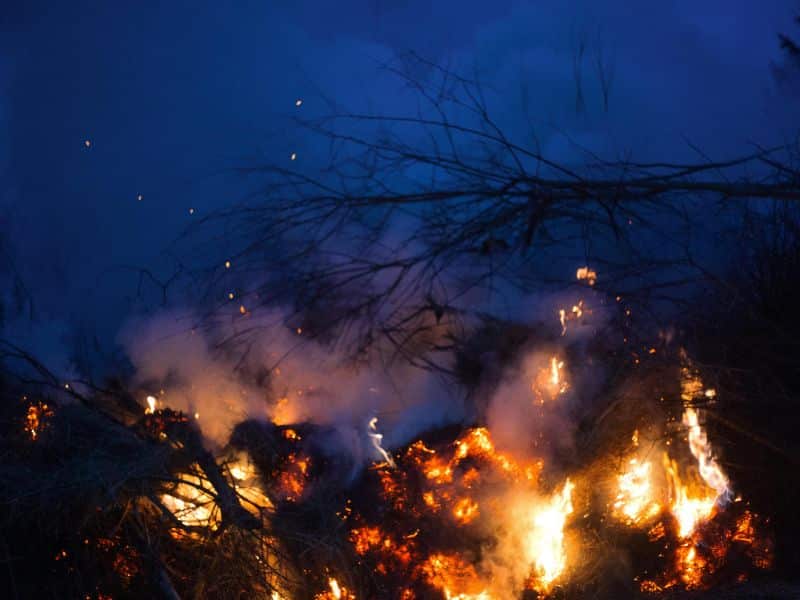Natural Assests : Tourism & Conservation
It is The responsibility of every government and destination authority to protect a viable sample of its original native habitats and secure the nations’ biodiversity. Across the world an average of 16% of land forms Protected Areas and 3% for marine environments. However, Many countries however actively protect and conserve their natural landscapes, with some countries protecting over 50% of their total land and marine areas.
An in-depth analysis of the destinations’ natural environment, habitats and biodiversity allows us to see the potential and suitability for certain types of tourism. A wide range of sustainable tourism products and services can be developed, with the environment, community and businesses protected over the longer term within stable ecosystems.

Protecting destination habitats and biodiversity
While wilderness, areas of natural beauty and conservation locations are
obvious choices for tourism, urban attractions and city-hotels cannot divert commitment with “we
can’t do anything, we’re in the city”. This holds no truth at all, with many examples of
city-hotel efforts of inner-city value creation through habitat protection work.
Through analysis and planning tourism and hospitality developments can be established within
sensitive environments (and cultural sites), and make a contribution to conservation and
restoration.

Creating Protected Areas
No single definition covers the operational function of a national park, nature
reserve or protected conservation area. However, they all protect indigenous habitats and wildlife;
they stabilize, re-establish and manage natural local biodiversity.
A “Protected Area” is usually a
classified natural area afforded legal protection status by local or national authorities. According
to UNEP, IUCN and even mentioned by the World Bank, they encourage environmental sustainability,
commercial investment and tourism.
...
In light of current global environmental destruction, an obvious step to simply declare natural areas as non-development zones. While the goal is protection the process of doing so often requires rebuilding local economies to adjust to status change, and may take years to rebalance.
Our singular most common experience is that destinations taking bold steps with long-term
sustainable development and conservation plans are almost immediately rewarded. Those
‘paralyzed’ by inertia never take sufficient steps to make a real difference, and jeopardize
their economies and tourism potential.
Proclaimed Protected Areas become a cornerstone of the Destination’s Natural & Cultural Assets,
(described under the Destination Strategic Development Plan) and integrated into the Destination
Marketing and Promotions engagement planning. Read more

Protected Areas & Tourism
Many countries have strong legal protections for national parks, restricting and
limiting development, activities and traffic to minimize and contain impacts.
Our experience, with
data from across 50 countries, shows that legal protections and the severity of penalties for
breaking protection laws, that make the greatest difference. ...Swift prosecution and strong penalties often see the best results.
Protected Areas and Tourism have coexisted well before the explosion of ‘Ecotourism’ in the
1980’s. Based on a scientific approach and implementation of appropriate management plans,
Protected Areas and Ecotourism make a positive, commercial contribution to local economies,
however it needs to be said that ecotourism has been misused and do not always contributing the
way it should.
It should be stated that experience-driven, eco-based tourism businesses and lodging make a
greater commitment to economies, environments and local communities than other global travel and
tourism corporations, where local contributions are often ‘token’ and whose profits are largely
repatriated. Read more

Operating Protected Areas
Protected Areas often form the mainstay tourism attractions in destinations, and
enable a balance between “growth” of tourism traffic and resulting environmental impact.
A real
partnership between government, public or private investors and sound commercial operations is
essential, with pre-determined and clear parameters and capacity limits. ...
The economic imperative of
tourism ‘growth’ at all costs does not apply here, with sustainability and environmental stability
guiding actions.
Management of ecosystems is long-term, based on scientific and natural cycles, and not based on
maximizing occupancy and over-selling visitor targets. Economic stability replaces economic
growth, where growth impacts the environment.
The ability of protected area management organizations is to respond to tourism markets, as a
means of gaining contributions towards conservation and protection operations.
Careful implementation of development plans and preserving the conservation values of a
Protected Areas invariably leads to direct investment being made inside or peripheral to them.
This, at to great benefit of local economies and communities. Read more

Habitat resilience and natural disasters
The need to protect sensitive ecosystems goes well beyond tourism, and is a
vital means of maintaining environmental buffers against natural disasters.
When these disasters
occur, recovery is faster and more sustained in healthy habitats than in unstable, degraded ones. ...
These protected locations also form the basis of diverse local economic activities, further
underscoring their necessity as productive habitats and attractions for tourism.
Tourists are not attracted to destinations where they face degraded habitats, pollution,
over-exploitation of environments and even illegal trade. Some nations have faced these
challenges boldly, and view poaching, illegal wildlife trade, deforestation and plunder of
artefacts as economic sabotage, with severe penalties for these crimes.
From Botswana to Canada, from Austria to Iceland, from the 2.2 million square kilometre Kruger
National Park in South Africa to Norway’s 46 marine and glacier national reserves and
Australia’s Great Barrier Reef, the natural wonders and protected areas within destinations what
makes them great. Read more

UNESCO, UNEP and IUCN
World Heritage Sites are the best-known results of UNESCO’s efforts, an
acknowledgement of the destinations’ preservation efforts. However, efforts to achieve World
Heritage status can be costly and resource demanding, as well as taking years to achieve the imposed
criteria.
Many destinations have achieved excellence in their conservation efforts by implementing
their own environmental and ecological standards and social parameters first, and later taking on
the UNESCO processes....
Experience has shown that using successful, benchmarked conservation and tourism models can
begin conservation efforts earlier.
UNEP: As a UN-associated organization UNEP has a wide remit, following the World Sustainable
Development Goals in its mandate of advancing environmental protection to the natural world, as
well as the local indigenous peoples who historically inhabited them. They conduct valuable work
at a nation level and engage across boundaries to further knowledge and highlight global
environmental threats.
IUCN: International Union for the Conservation of Nation is the oldest and the largest
international conservation organization dedicated to the monitoring, protection and the
sustainable use of natural resources.
Its focus is on assisting nations and communities to
conserve the integrity and diversity of nature and to ensure that use of natural resources is
equitable and ecologically sustainable.
It is best known for its annually published “Red Data
List” of endangered species. Read more

Legal guidelines for Protected Areas
Legal Guidelines: Enforcing sustainability standards often means wide-ranging
legal frameworks. Sustainability can affect many industries, from fishing to forestry, animal
import/export, and even import of equipment not meeting environmental standards.
Nonetheless, many nations and destinations have successfully implemented strategic
sustainability and conservation protections, well policed and enforced, using both ‘push’
enforcement and ‘pull’ incentives....
Protected Area Guidelines: Protected Areas are often easier to develop as they focus on specific
goals within a defined geographical location. These frameworks however also cover enforcement
outside of Protected Areas, curtailing trafficking and illegal trade in protected species and
importation.
Having developed Protected Area guidelines for destinations, and studied those used
in the most effective conservation areas across the world, practical and wide-ranging Legal
Guidelines and Policy can be development to suit specific destinations, specific locations and
even ecological habitat types. Read more

Environment Impact Assessments
Most developments today are subject to EIA’s and increasingly these are elaborated
to include social, community equality, and socio-economic components. Destinations seeking World
Bank, Multi-lateral Investment Guarantee Agency or most major banks’ financial intervention or loans
require an EIA for any major development.
There are many associated consultancies that offer EIA services, and as many take the view of the
commercial developer, but few take the balanced approach of environment conservation and
development.
